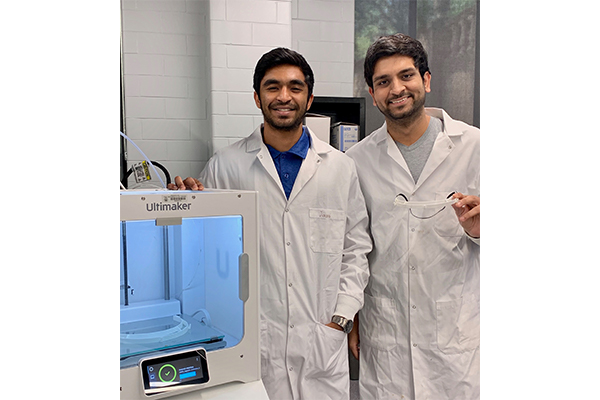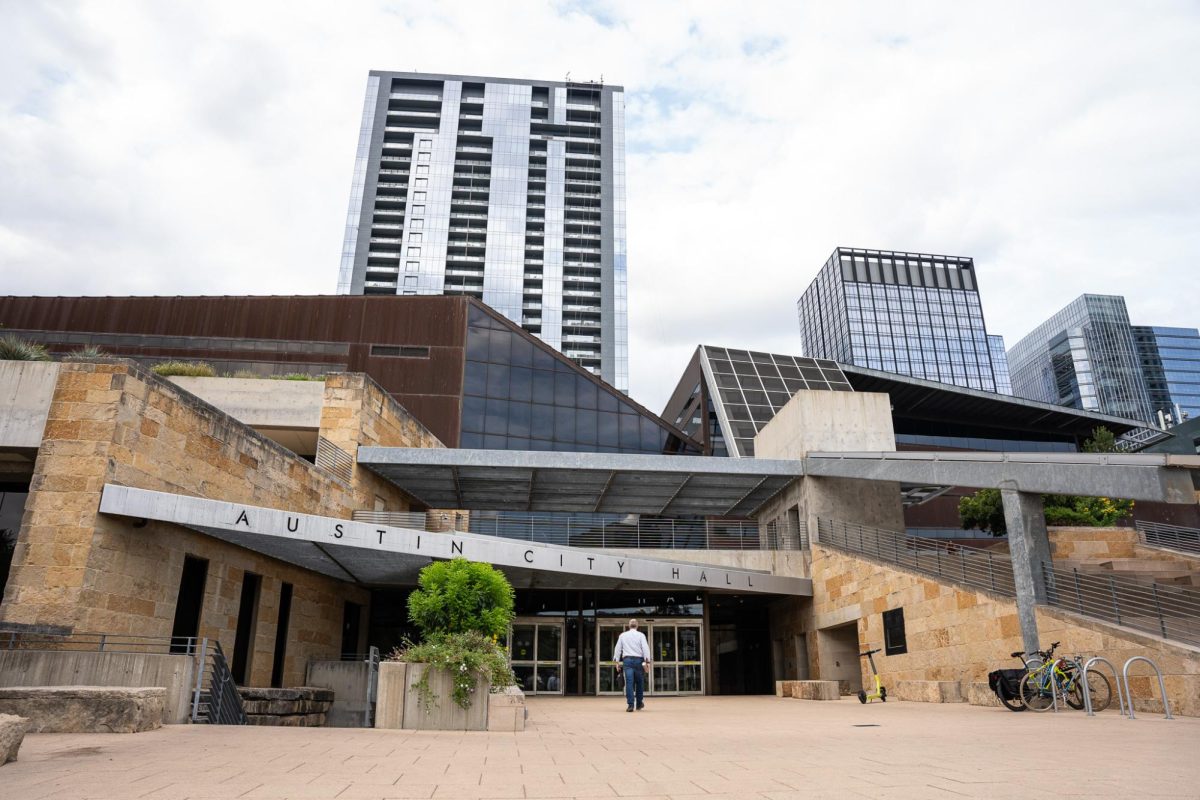Editor’s note: This story is part of The Daily Texan’s coverage of how coronavirus concerns are affecting UT-Austin. Read the rest of our coverage here.
A UT-Austin laboratory is creating 3D printed face shields for pharmacy and medical workers battling the COVID-19 pandemic, according to a UT news release.
The Pharmaceutical Engineering and 3D Printing Lab has fabricated 80 face shields so far for the RAPID Shield project and distributed them to the UT School of Nursing, University Health Services and Dell Medical School, said Rishi Thakkar, lab member and pharmaceutical sciences graduate student.
“We are producing them constantly,” Thakkar said. “We keep on manufacturing them, and then we keep on providing them and distributing them to whoever needs them.”
The face shields fabricated by the lab have three main parts: an adjustable elastic band, a clear plastic visor and a plastic component that wraps around the forehead, said Amit Pillai, lab member and pharmaceutical sciences graduate student.
Lab members are 3D-printing the plastic component that wraps around the forehead and sourcing the other materials from stores such as Amazon and Home Depot, Pillai said.
“This is from wherever we can acquire resources because there are current shortages in a lot of these things that we actually need,” Pillai said. “I can’t begin to underscore the severe lack of (personal protective equipment) in the country at this point.”
Lab principal investigator Mohammed Maniruzzaman said one of the advantages of 3D printing is that the face shield design can be tailored to the wearer.
“We can basically make a design that will fit for the purpose,” said Maniruzzaman, assistant professor of pharmacy. “One size may not be suitable for all types of users.”
Maniruzzaman said when the lab distributed its initial prototype to health care workers, they received feedback that the design did not meet their specific needs and was uncomfortable.
“Considering that doctors work long hours, it would be hard for them because our bands are quite thin and that would increase the pressure on the face and that would really hurt them,” Pillai said.
The lab members took that initial feedback and designed a new prototype to meet doctors’ needs, such as increasing the size of the clear plastic visor that covers the face, Pillai said.
However, Maniruzzaman said the lab has not abandoned the initial design.
“The previous design might not have been suitable for this specific health care setting, but the very same type of design could be suitable for pharmacy use,” Maniruzzaman said. “We’re now leveraging those existing designs to send it out to the other departments.”
Pillai said it is important the University is addressing the shortage of personal protective equipment by providing these solutions. He said 3D-printing face shields is the least the lab can do with the resources it has, and he hopes the University will do more.
“There’s been a lot of bidding for (personal protective equipment),” Pillai said. “(Personal protective equipment) is not something you should be bidding for with other states. They’re something everybody deserves, everybody should have.”





















